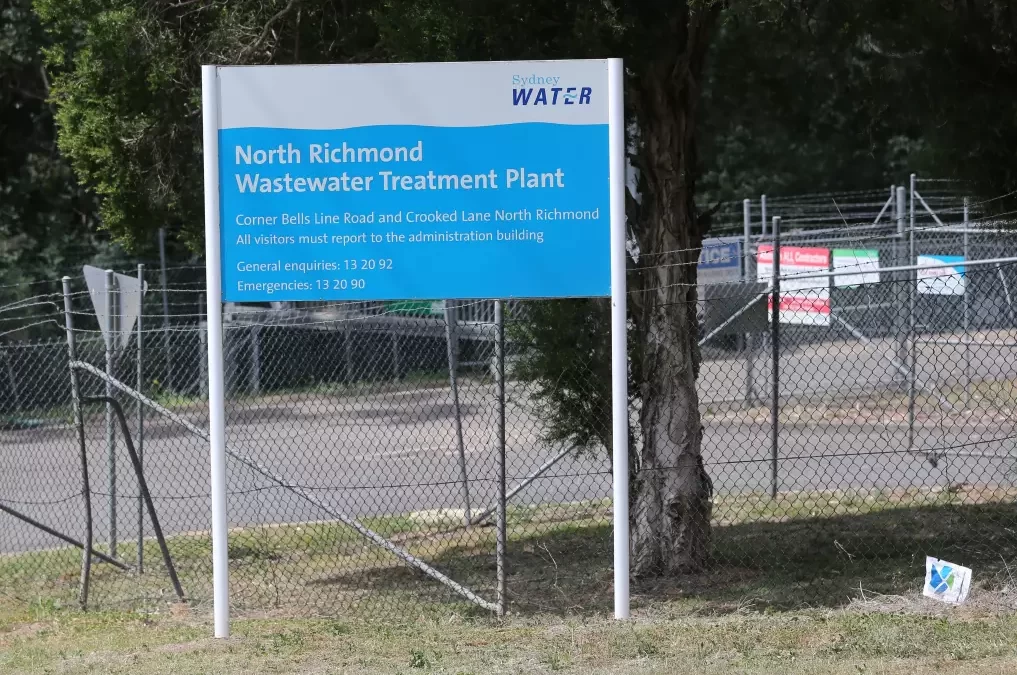Stylecraft & Co., approaching...


Stylecraft & Co., approaching...

An unprecedented surge in development west of...

Hawkesbury City Council has stated it is not responsible...
The Department of Primary Industries (DPI) has confirmed that despite efforts to stop the spread of the destructive Varroa mite new detections have been reported within existing emergency zones.
Since the detection in St Albans three weeks ago, the DPI said the mite has been detected in areas, including Mangrove Mountain, Brookfield, Umina Beach, Bateau Bay, Booral, Maroota, Stroud Road, Main Creek, Bandon Grove, and Glenorie. These detections mean that the red emergency zone (10kms) and the purple surveillance zone (25kms) have extended.
As of July 7, 2023, a total of 183 premises have tested positive for the presence of the Varroa mite.
The update comes as the Australian Honey Bee Industry Council (AHBIC) told its members last week that eradication of the mite was still possible. But it said in order to achieve that everything would need to go to plan.
There is a “…need for a team effort and for beekeepers to follow the rules no matter how hard it is,” AHBIC CEO Danny Le Feurve said.
“The eradication program is not a quick fix. It takes time. It’s a long process and hopefully a process we’ll be able to see right through to the end and achieve eradication,” he said.
You can listen to the presentation from the AHBIC here about the emergency response here: AHBIC Varroa Webinar June 2023 – YouTube
DPI maps vividly illustrate the alarming speed at which the mite is spreading across the state, leaving many farmers anxious about the fate of their own bee colonies and crops. With each new detection, the fear grows that the mite will eventually reach their hives. Under the current DPI program all those bees would then be euthanised.
Many beekeepers and fruit and vegetable farmers want the government to reconsider the response in which all bees within 10 kilometres of a positive detection must be euthanised whether or not they have the mite.
Beekeepers and fruit growers have spoken to the Hawkesbury Post of their devastation at the loss of their hives as DPI officers, without conducting tests for mite infestation, destroyed them solely because they were located within the emergency exclusion zone.
A spokesperson from the DPI said today that decisions regarding pest eradication are made by the National Management Group (NMG), which includes senior representatives from industry parties such as beekeeping industry groups and pollination-reliant industry groups, along with state and commonwealth governments.
“The Response is confident that based on the work undertaken thus far and with the continued cooperation of the beekeeping community that the Varroa mite is still technically feasible to be eradicated from Australia,” the spokesperson said.
Earlier in June, beehives in Canoelands were euthanised following the detection of the Varroa mite in the nearby area of Spencer. No testing was performed on the hives, before they were doused in petrol and wrapped in plastic, leaving the bees to die.
Various strategies employed in other countries to combat Varroa mite have shown some success in managing outbreaks however there is no one solution. These include the implementation of mite trapping techniques, the use of mite-targeting pesticides, and the application of organic acids.
Recognising the need for proactive measures, Mr. Le Feurve, said the AHBIC is currently engaged in two projects to investigate global management practices to combat the Varroa mite infestation. This will then help determine the next steps for Australia.
Australia’s dependence on bee pollination for food production is substantial, with approximately one third of the country’s food supply, including almonds, apples, and avocados, relying on these industrious insects. Until last year, Australia held the distinction of being the only continent free of Varroa mites. However, this changed when the mites entered the country through the Port of Newcastle. Since then, the infestation has rapidly expanded across an area spanning over 300 kilometers.
For the most up-to-date information on the current locations of active Eradication, Surveillance, and General Emergency Zones across New South Wales, you can visit the DPI website at www.dpi.nsw.gov.au/emergencies/biosecurity/current-situation/varroa-mite-emergency-response.